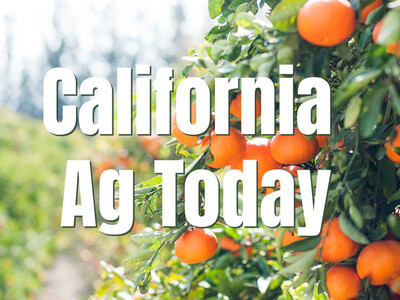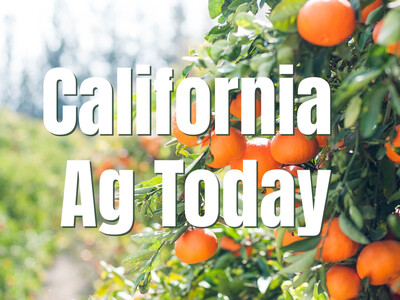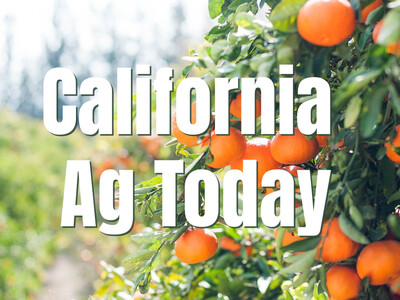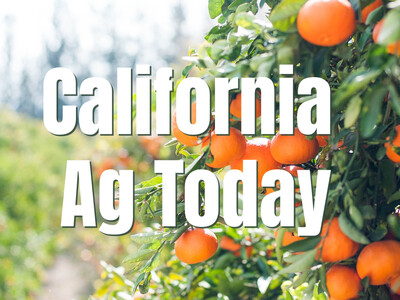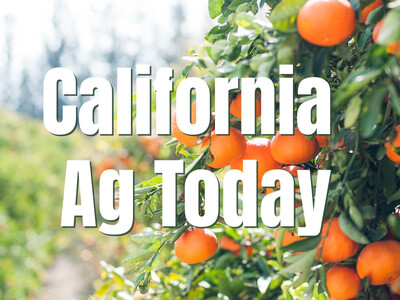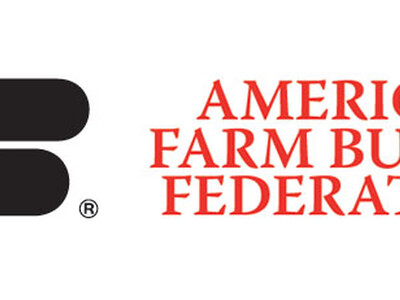Regenerative Agriculture Goes Beyond Changing a Farming Practice

Tim Hammerich
News Reporter
Regenerative agriculture is widely talked about these days. Clearly defining it, though, can be a bit of a challenge. One reason for that is it’s more of a holistic approach rather than any one prescribed practice. Paige Stanley is a Researcher and PhD student studying regenerative practices at the University of California Berkeley.
Stanley… “I think of it as like suites of practices used in combination. That we know to have additive or multiplicative benefits. For example, you know, we know that no-till has lots of benefits. We know that cover cropping has benefits, but if used in isolation, the positive outcomes are limited. When you use something like no-till, cover cropping, a diverse crop rotation, hedge rows. If you use that as a suite of practices or in combination with one another, You're going to get benefits that you wouldn't see from using any of those practices individually.”
Stanley says the regenerative approach requires a different mindset: one focused on soil health.
Stanley… “That level of experimentation, and having the practices in combination with one another is what I like to think of as regenerative versus just the addition of any one practice to meet a specific goal.”



